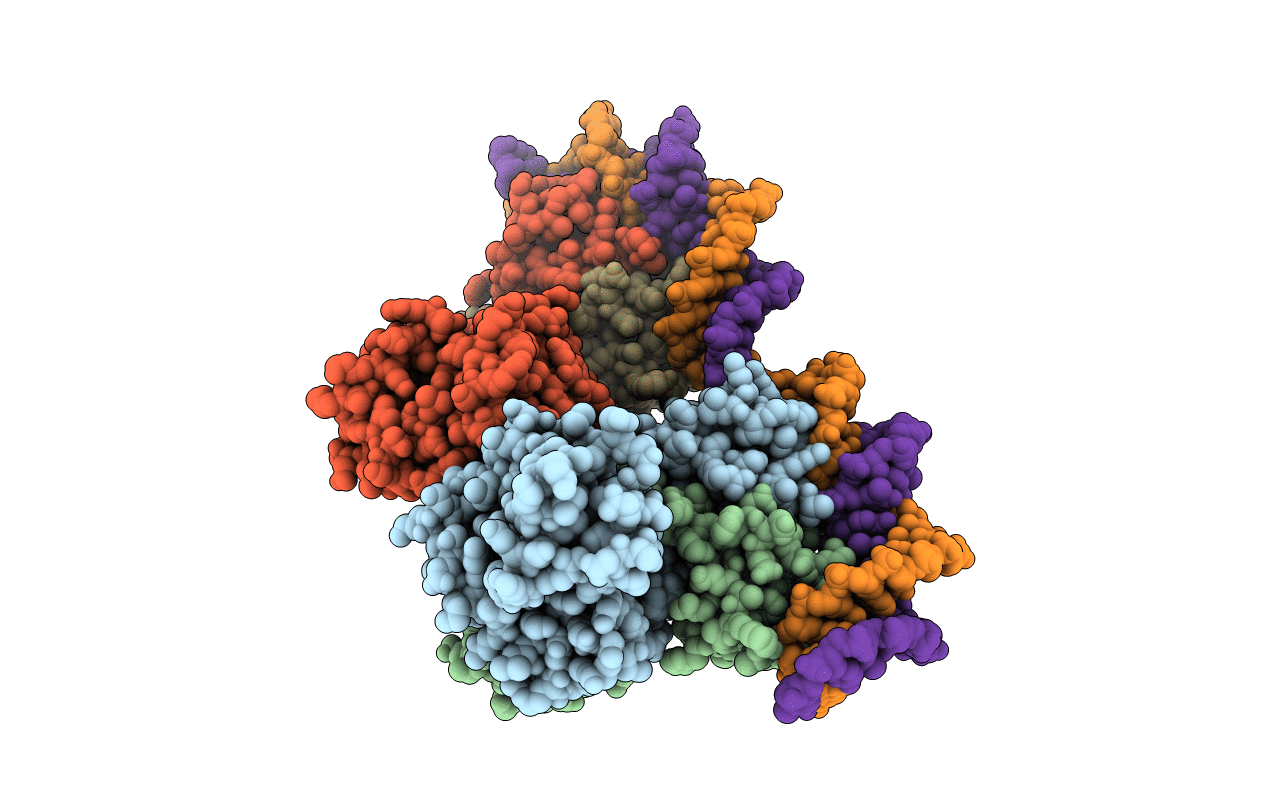
Deposition Date
2010-09-17
Release Date
2010-12-01
Last Version Date
2023-12-20
Entry Detail
PDB ID:
2XRO
Keywords:
Title:
Crystal structure of TtgV in complex with its DNA operator
Biological Source:
Source Organism:
PSEUDOMONAS PUTIDA (Taxon ID: 303)
Host Organism:
Method Details:
Experimental Method:
Resolution:
3.40 Å
R-Value Free:
0.28
R-Value Work:
0.21
R-Value Observed:
0.21
Space Group:
P 65


